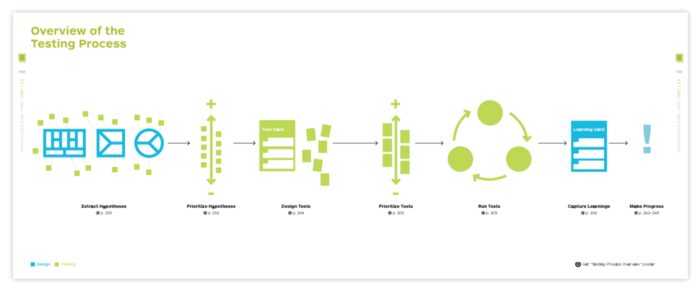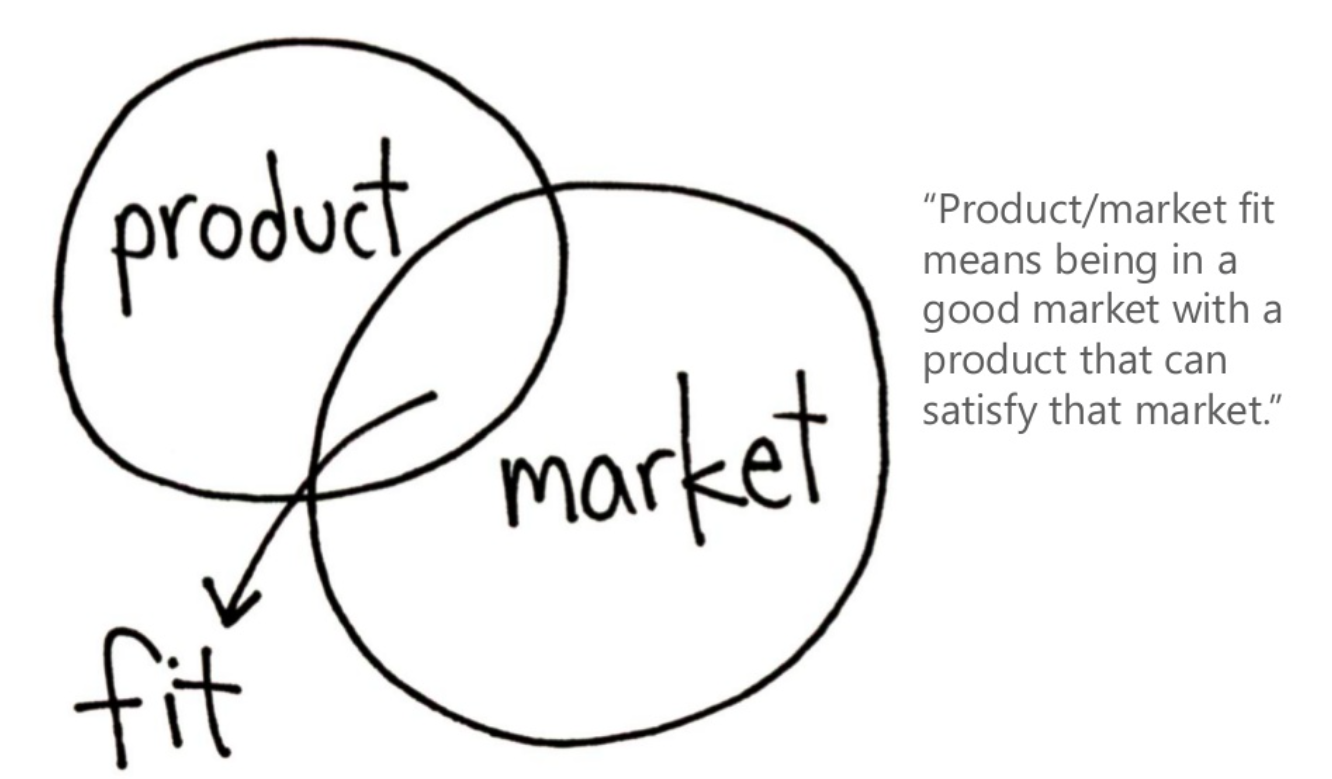Today we have some different frameworks to create/evolve a business such as Business Model Canvas, crafted by Alex Osterwalder born for answering business questions through design, test, and iterate the process based on the his framework.
As you might be not surprised to learn, the Wright brothers didn't launch a fully-built flying machine on their first attempt.
In 1901 the brothers created their version of a wind tunnel where they experimented on over 200 different types of wings and gliders, the winning versions of which would eventually go on to form the basis for their historic powered flight in 1902.
In the Business Model Canvas, the testing phase is really important to turn the business idea into a reality. All the hypothesis created during the first part they need to be tested through quantitative and qualitative data to understand what it really works and what doesn't.

Starting with search and find social groups on Facebook and Quoras workspaces, read the questions and answers and start getting an idea about what are the people pains. Read the volume monthly searches on Google where your customers profiles exist, how many Facebook groups and Quoras questions. Collect all these numbers and pinned the most interesting ideas you will read.
Search and find some blog with high ranking related with your ideas and share the links with them and your website/blog. This can help to get traffic for free and understand the impact of your communication with a potential audience. Using the FREE statement for capturing the interest of your audience and giving away the access to your product or a demo pack.
Create retargeting (Facebook, Linkedin - depending on your target audience) to remember these customers to get the free access if their sign up now or until a specific day, using Scarsity Cialdini's principals (and push them through your funnel).
The 7 steps that I use to test the PMF using paid ads channels.
- Setup your audiences . Use Quora/Linkedin/Twitter/Facebook audience targeting to narrow some focused but large audiences for you to target.
- Roll out multiple variations of creatives . Create a few variations of headlines/descriptions for these audiences to see what offer works best with which segment.
- Create a conversion. You will need to create something for giving them back in change of their informations, such as a content upgrade, a demo request, a beta involvement form, an ebook, a webinar registration. Just make it valuable, and get their informations.
- Build your landing page . Use some landing pages providers, such as Unbounce, to build a pages where your potential audience can read the business value proposition. You must be really clear and test the keywords used for explain the value proposition segmenting the audiences and monitoring all the metrics (conversion rate, bounce rate, average time).
- Run traffic . Use the creatives as ads on different social channels (Adwords, Facebook, Instagram, Linkedin, Quora, Reddit, etc.) to see which have much more traction than others on which audience.
- Repeat these steps on next audience.
